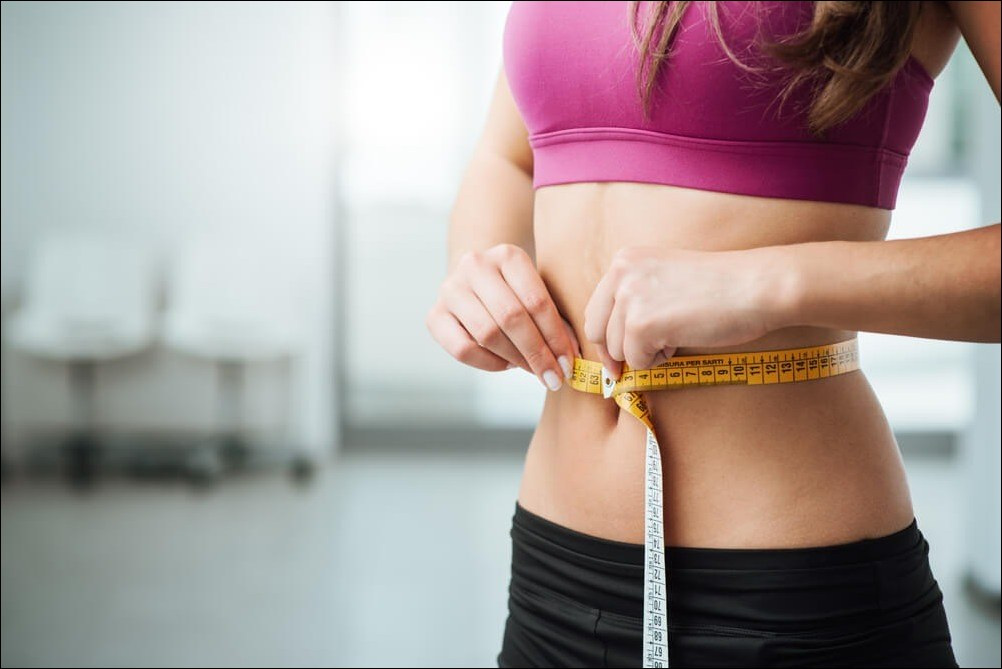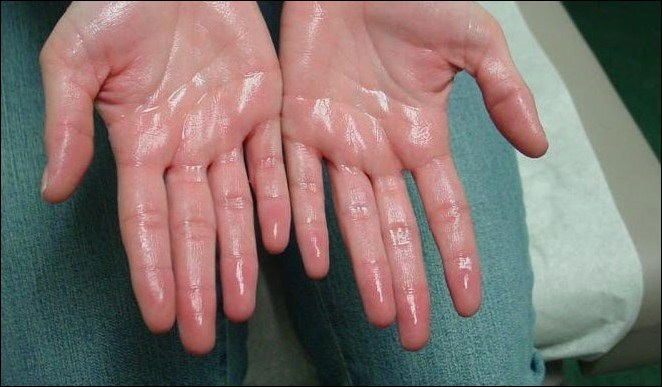What is IV Drip Therapy for Wight Loss? How Ayurveda Can Help to Maintain Results
Abstract
IV Drip therapy includes infusion of vitamins, minerals and other nutrients directly into the bloodstream which leads to boost metabolism and burn body fat. IV drip therapy is also associated with vomiting, nausea, rashes, headache and dizziness. Beside the side effects associated with IV drip therapy, Ayurveda plays a vital role in managing weight loss. Vata, pitta and Kapha are the major doshas in ayurveda that rule our constitution. Among these, imbalance in Kapha dosha leads to increase in weight. Brahmi, garcinia cambogia and triphala are some of the medicinal plants that help in reducing weight. Fasting, lower consumption of calories, practicing yoga and pranayama, maintaining a healthy routine and avoiding high carbohydrate intake are the Ayurvedic practices that may help in weight loss.

Introduction
When it comes to losing weight, there is no miracle cure. Yet, there are several things one can do to make losing weight and fat simpler. A solid weight loss and weight control plan includes regular exercise, a wholesome, whole-foods-based diet and enough sleep. Metabolism drips (IV Drip Therapy) are another excellent method to aid with weight.
IV Drip Therapy
IV drip therapy includes infusion of vitamins, minerals and other nutrients such as calcium, magnesium, selenium, chromium, vitamin C, B-12, the B-complex directly into the bloodstream. These nutrients slowly enter into the bloodstream over the course of 30-60 minutes. The body absorbs nutrients better when they are slowly infused into your system and helps to boost metabolism and burn stored body fat. These nutrients are absorbed more effectively and rapidly intravenously than orally [1].
Composition of IV Drip
- IV Fluid: It is an ultimate hydration tool. Hydration is the first step in maintaining a weight loss plan.
- Vitamin B Complex: It can boost our mood and memory while engaging the brain in breaking food down into energy.
- Vitamin B12/ Cobalamin: It helps to maintain cellular level and metabolism efficiently.
- Vitamin C/ Ascorbic Acid: It manages stress responses and fatigue levels.
- Taurine: It helps to store energy and increase endurance.
- Methionine, inositol and Choline (MIC): It helps in fat breakdown and metabolic processes.
Benefits of IV Drip Therapy
Boost metabolism, promote healthy weight loss, release fatty deposits from body, support a healthy immune system, regulate irregular sleep patterns, aid in the absorption of essential vitamins and nutrients, helps to build muscle, repairs tissue, regulate blood sugar levels, relax muscles and nerves, reduce stress levels an fight adrenal fatigue.
Side Effects of IV Drip Therapy
Dehydration, vomiting, nausea, headache, dizziness and allergic reaction to the IV fluids [2,3].
It’s critical to realize that IV drip treatment is not a remedy for weight loss. It is also associated with infection at injection site, rashes, vein inflammation and bruising, pain, swelling and scarring at the IV site. Due to side effects associated with IV drip therapy, ayurveda plays a significant role in weight loss and offers an easy and suitable approach for losing weight.
According to Ayurveda, the vata, pitta and kapha doshas-three body intelligences rule our constitution. Among these three bodily intelligences, weight growth is typically caused by an imbalance with the kapha dosha. Although kapha is necessary for immunity, strength, stability and protection, too much kapha can quickly result in weight gain. Maintaining proper diet and lifestyle practices can reduce kapha in our bodies.
Causes of kapha imbalance include excessive sleeping, less exercise, over-eating, eating processed food and at inappropriate times [4,5].
Ayurvedic Practices that May Help in Weight Loss
- Fasting: It gives our digestion a chance to rest, clearing toxins from our system.
- Lower Calorie Consumption: One should lower the overall calorie intake to manage the weight.
- Practice Yoga and Pranayama: Yoga and pranayama are the most effective methods for losing and maintaining Virabhadrasana, Trikonasana, Adho Mukha Svanasana, Sarvanasana, Sethu Bandh Sarvangasana, Parivrtta Utkatasana, Dhanurasana, Surya Namaskara are some of asanas that helps in reducing weight.
- Maintain a Healthy Routine: Maintaining a healthy routine such as sleep and supper timings can lead to maintaining our body.
- Avoid High Carbohydrate Vegetables: Vegetables high in carbohydrates, like corn, potatoes, etc., can greatly worsen your obesity. It is imperative to avoid or limit the consumption of these vegetables.
- Follow Kapha-Pacifying Diet: To maintain body weight, one should maintain a kapha diet which involves smaller meals, few to no snacks, less sugar intake, minimal alcohol consumption and high intake of fresh fruits and vegetables.
Ayurvedic Plants/ Herbs for Weight Management
Brahmi, garcinia cambogia and triphala are medicinal plants that aid in weight loss. Fresh curry leaves, mint, turmeric and spices such as cinnamon, ginger and black pepper are all well recognized as being quite healthful [6-8].
Here are some daily routine that one should follow for management of weight loss
- Wake between 3 a.m and 6 a.m
- Cleanse the tongue
- Splash cold water on face and in the eyes
- Drink warm water
- Eliminate
- Cleanse or lubricate the nasal passages
- Self-massage (Abhyanga)
Thus adopting an ayurveda routine, people can maintain a healthy lifestyle, manage their weight and lead a happy social life without any side effects.
Contact Planet Ayurveda Call now at 0172-521-4030 (India), +91-172-521-4030 (Outside India) or Whatsapp at (+91) 9915-593-604.
Conclusion
There are various methods that are opted by people to reduce body weight such as medications, workout, maintaining diet, IV drip therapy, etc. In this article, we discussed advantages and disadvantages associated with IV drip therapy. Due to its side effects, it is recommended that one can maintain and reduce their body weight by adopting Ayurvedic therapy in their life. Daily exercising and maintaining a healthy lifestyle can help people to manage weight and it is not associated with any side effects.
References

